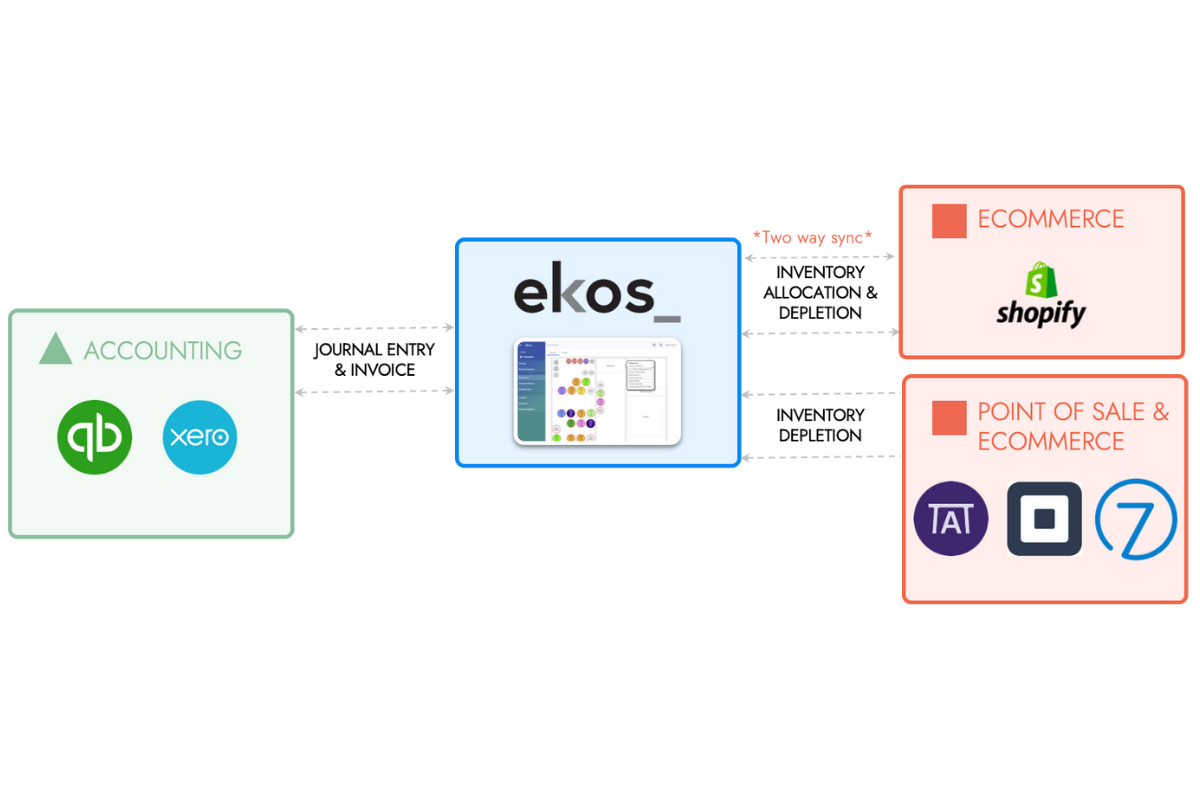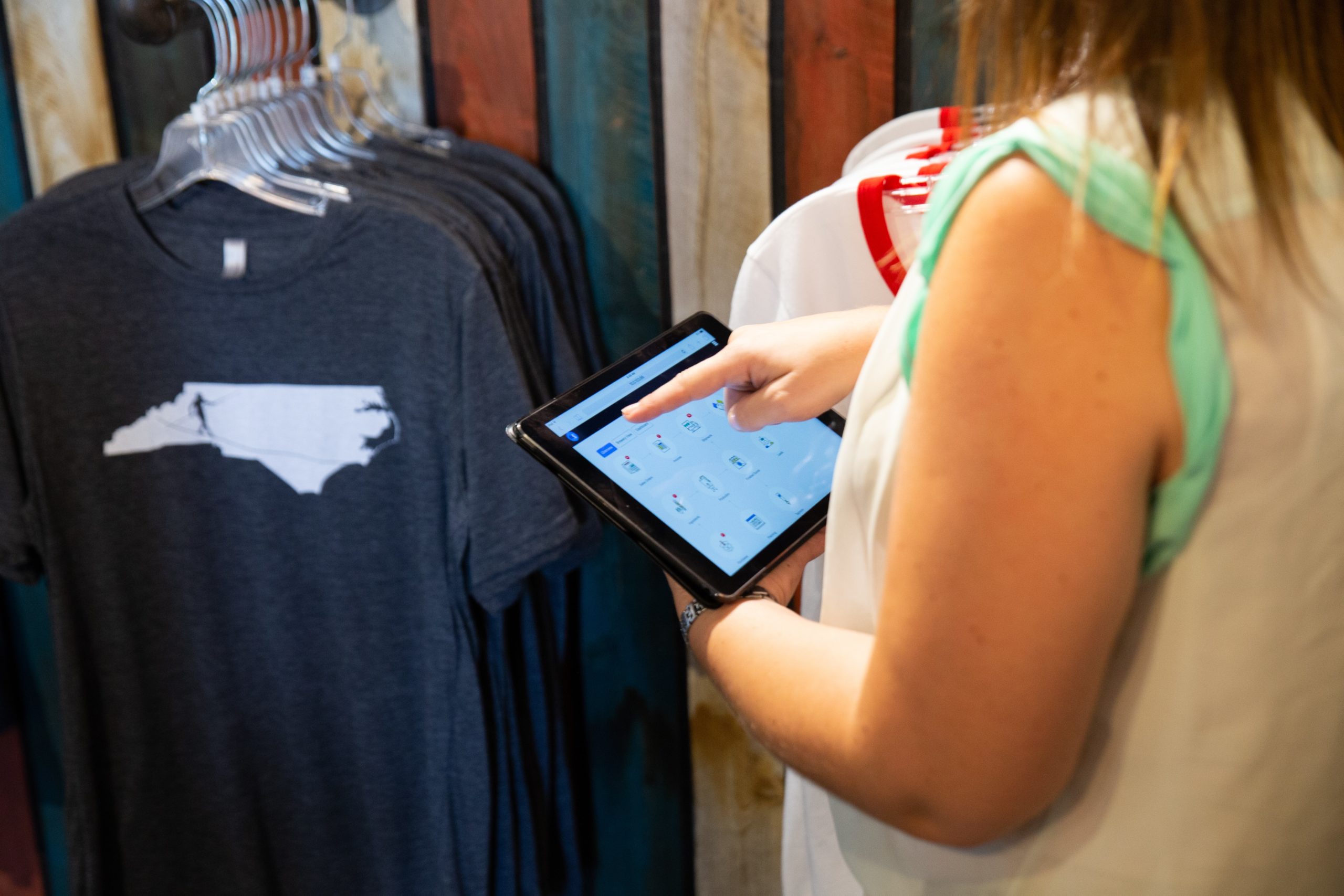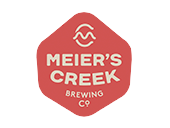If you run a growing craft brewery, winery, or cidery, you likely have a hand in every aspect of your business, from inventory and production to sales and accounting. When your staff is small, there are only so many hours in a day to get things done — and a lot of tasks end up being completed after the taproom or tasting room has closed. The last thing you want to do at the end of a busy day is enter transactions from your point-of-sale (POS) into your inventory management system, or manually create accounting journal entries to reflect the movement of inventory on any given day. The prospect of digging through spreadsheets to create accurate sales reports or trying to calculate your COGS isn’t particularly appealing either.
When you’re trying to take your business to the next level, you need all the help you can get. The #1 way you can save time in a craft beverage business is by eliminating manual or duplicate data entry. Plus, when you’re spending less time entering numbers into a computer, you can focus on extracting insights from them — leading to better decisions about pricing products, hiring new employees, and purchasing new equipment or inventory items.
Three of the most important software solutions to your business are your point-of-sale and ecommerce platform, inventory management system, and accounting software. All three create plenty of data, and optimizing the flow of data between these systems can help you tighten up operational processes and glean better business insights.
“Previously, I spent so much time trying to make three things — inventory, POS and accounting — talk to each other and it was a nightmare.”
Brian Stephan, co-founder of Iowa Brewing Co.
Automating the Flow of Data
Automating the delivery of information from your POS and ecommerce platform to your inventory management system helps you maintain accurate inventory counts and COGS numbers — in addition to saving you several hours per week. Your taproom or tasting room staff can go about their day as normal, ringing up drinks and merch and receiving payments from customers. Throughout the day, your POS keeps track of transactions and tips owed to employees, and your ecommerce site stores your online orders. Depending on the volume of transactions your business performs, you’ll sync your POS data an average of three times per week.
With an integration between your POS/ecommerce and inventory management systems, you’ll no longer spend hours per week manually entering transaction data to update inventory counts and sales information. You’ll get an accurate view of your COGS, taxes and tips owed, discounts, income, and more.
“It is a great timesaver, is way more efficient, and reduces inaccuracies in data.”
Brian Stephan, co-founder of Iowa Brewing Co.
As if manually entering data from your POS into your inventory software wasn’t time-consuming enough, without an integration, you also have to spend time reconciling the information in your inventory system with your accounting software to make sure it’s accurate.
Business Management Software: Your Central Hub
Without 100% certainty that your data is correct, you can’t trust your income statement — and neither can banks or investors. When your systems connect to each other, journal entries are automatically created for invoices and payments, and payments for each processor are mapped to clearing accounts. Account balances and your balance sheet stay up to date without duplicate entries. If you’re looking to raise capital to grow your business, this is vital.
“When your books are up to date, you can pull financial records that a bank needs for larger business expenses.”
Patrick Lively, owner at Lively Beerworks
Using a business management system like Ekos as your central hub ensures the flow of data is seamless —and less prone to human error. By eliminating duplicate entry work, you can feel more confident in your numbers and have all the information you need to make informed business decisions right at your fingertips. Plus, you and your team have more time to focus on moving the business forward, instead of sitting behind a computer punching numbers into the keyboard.
Grow Your Digital Ecosystem with Ekos

Ekos customers who use Arryved, Square, or Shopify can sync ecommerce and point-of-sale (POS) transactions to seamlessly update inventory and financial data in Ekos and their connected accounting software (QuickBooks or Xero). With the integrations, you can:
- Save 2+ hours per week by eliminating unnecessary POS/ecommerce data entry
- Save 15 to 20 hours per month on reconciliation between inventory and accounting systems
- Sync POS and ecommerce transactions between Ekos and your accounting software
- Automate taproom/tasting room and ecommerce inventory depletion and journal entry creation
- Avoid stockouts and improve forecasting with more accurate and up-to-date inventory
- Ensure consistency across key systems and free up time to focus on growing and running your business efficiently
Start reaping the benefits of an interconnected software ecosystem. Get a quote from our team today.





